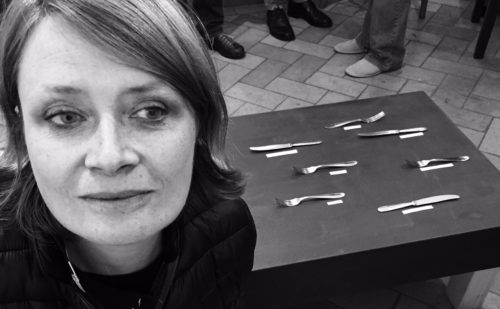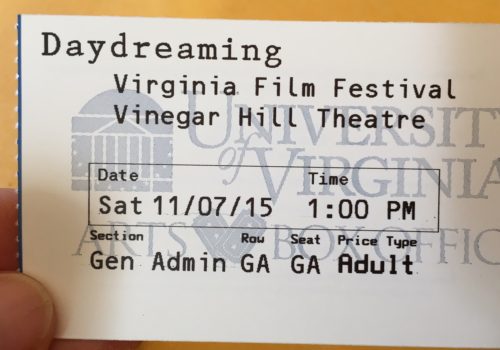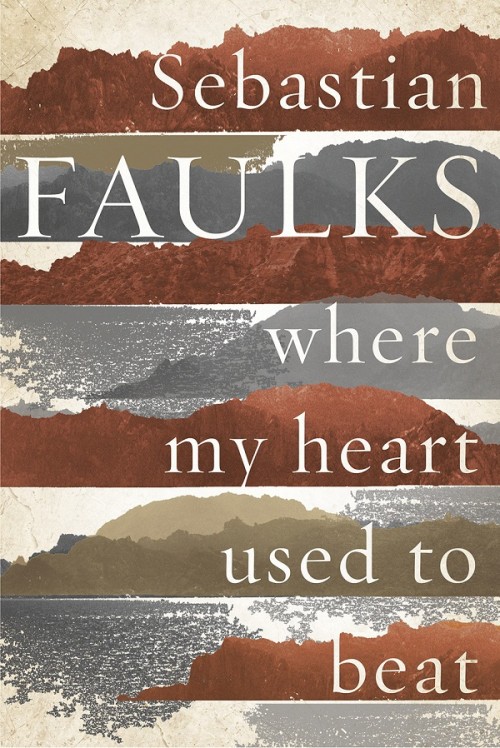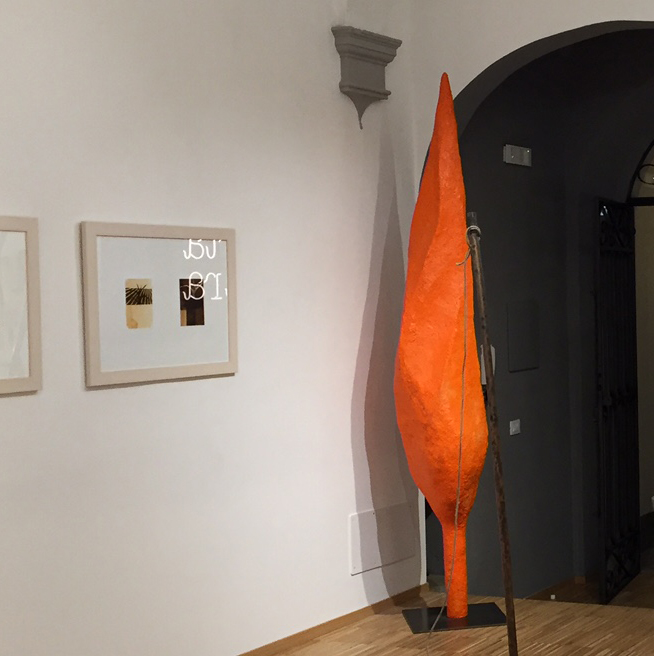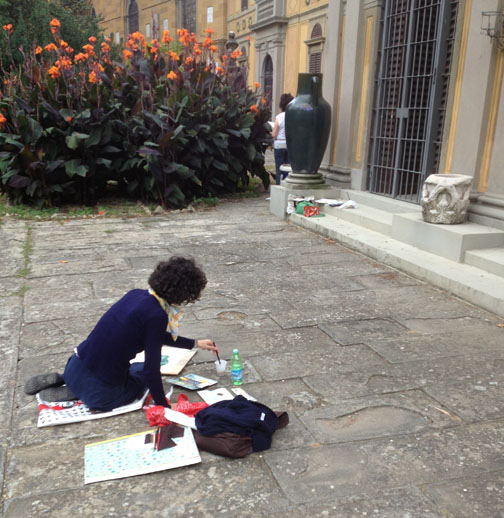Contributor to our first issue, poet Elisa Biagini, has been busy. Busier than usual. In addition to teaching creative writing and art history courses at US universities in Florence and hosting a longstanding poetry workshop for dedicated Italian poets and coordinating an ambitious poetry festival in Florence called Voci Lontane Voci Sorelle, Elisa was invited to Australia in August to participate in the Queensland Poetry Festival. Next, she’ll be flying to Japan for more poetry, and some Teaching.
This photo of Elisa was taken at the Cartavetra gallery opening where she currently has a conceptual piece (the cutlery seen here) in the collective exhibition entitled “Ruvidezze.” There will be a closing event, open to the public, for this exhibition on Dec 5 with drink and music, and a panel conversation with some of the artists.
